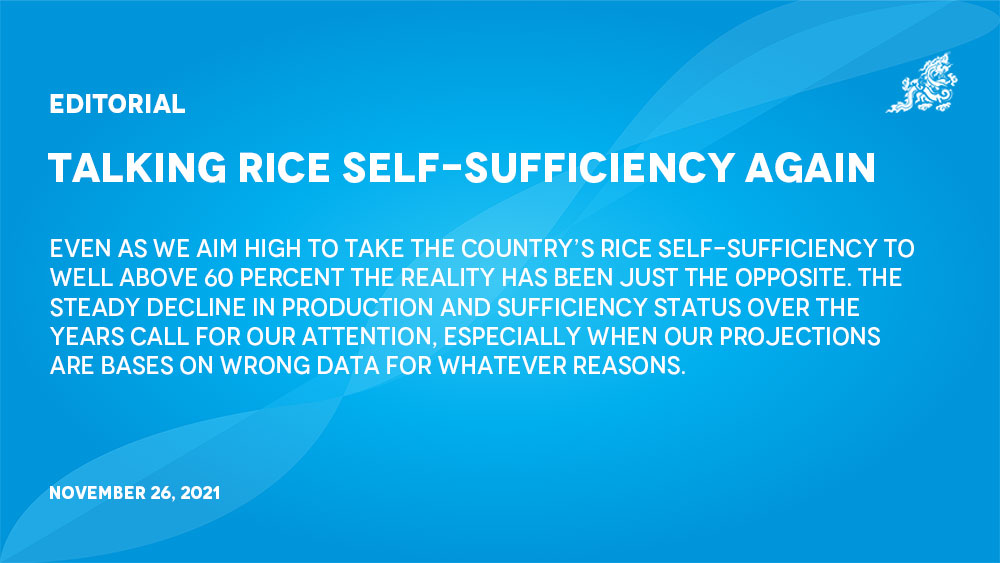Even as we aim high to take the country’s rice self-sufficiency to well above 60 percent the reality has been just the opposite. The steady decline in production and sufficiency status over the years call for our attention, especially when our projections are bases on wrong data for whatever reasons.
When the government, the ministry of agriculture in particular, announced that the country’s rice self-sufficiency target for the12 Plan’s would be 60 percent, it did not come to many as music to the ear. The reality is that production is increasingly facing many challenges and rice self-sufficiency ratio continues to decline.
Bhutan’s rice self-sufficiency in 2006 was 58.49 percent which dropped to 34.71 percent in 2019, by an average of 47.08 percent. At the same time, rice import dependency ratio increased from 41.51 percent. To put this in perspective, Nu 2.63 billion worth of rice was imported in 2020, the third-highest commodity imported in the country.
We also know that besides shrinking cultivation land crop depredation by wild animals, labour shortage, and lack of irrigation water continue to remain major constraints that affect rice production. The ministry has carried out wetland consolidation under the agriculture land development programme to increase rice production. A total of 15,361 acres of land has been developed through the programme. But increasing production and rice self-sufficiency ratio will take much more than this.
Agriculture development in the country must take a new turn. Otherwise, we would be talking about the same problems 100 years from now.
The first problem is the land. Our farmers do not have enough land for large-scale production. The bigger problem is that landholding is decreasing by the year. Second, mechanisation of farming is difficult in many places because of terrain. Power tillers and subsidies work only in certain places and farms. Then there is the problem of market. That means linking our farms and markets well. That also means how we can add value to what we produce.
The question that we need to ask is why are our cities and towns becoming crowdier by the day? Why are our people from the villages coming to the town in droves? Why are our youth finding it difficult to find employment? Why are import figures rising by the year?
There is a need for the many government policies to meet somewhere. Agriculture development must take a new turn because it has the potential to address a lot of difficulties facing the country today. Food self-sufficiency has been Bhutan’s dream since the first plan period in 1961. As the winter session of Parliament begins, we might want to reflect on this critically important sector and its development.


